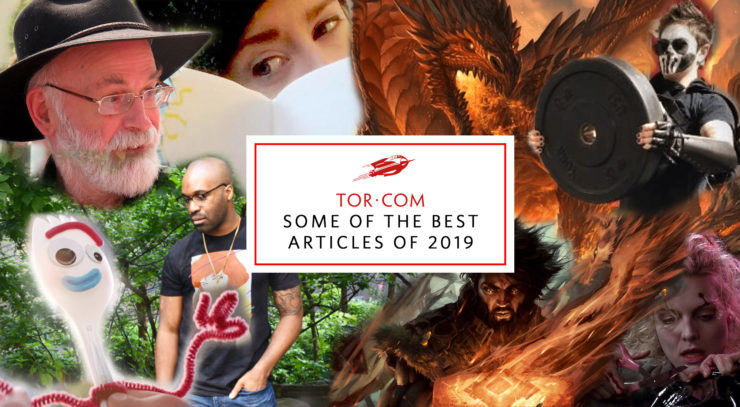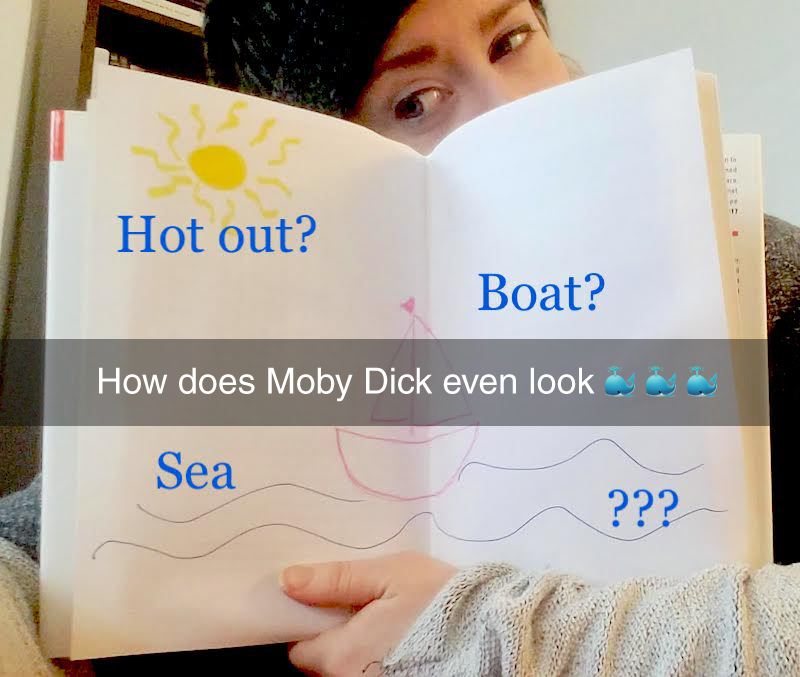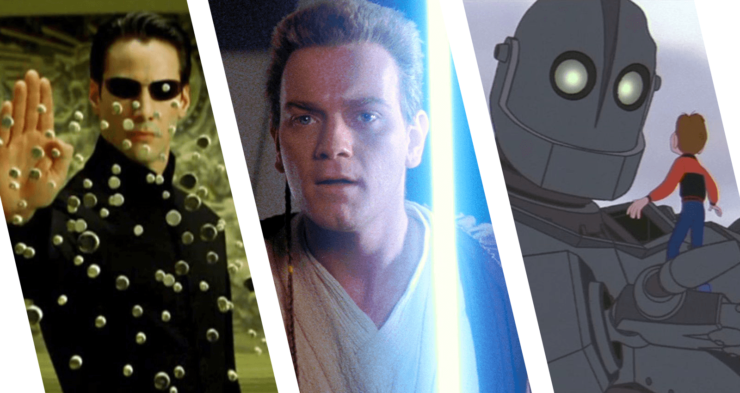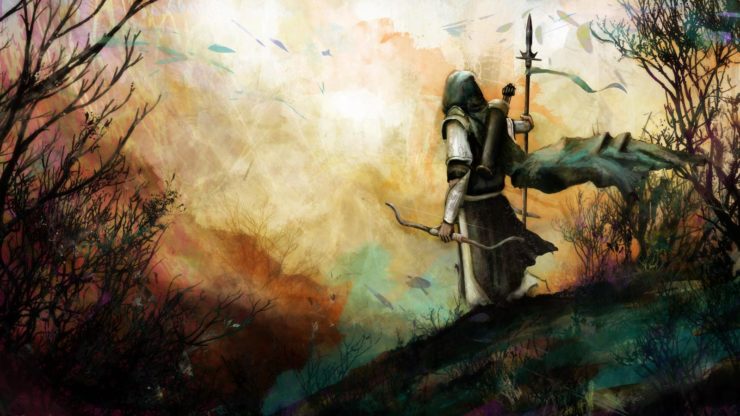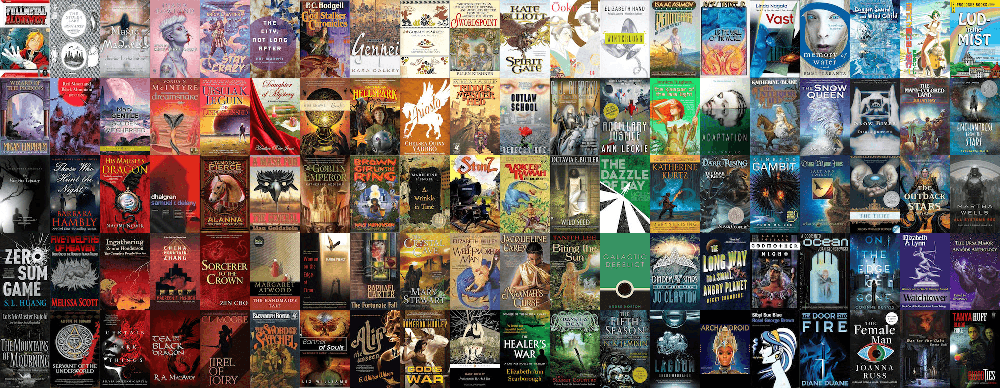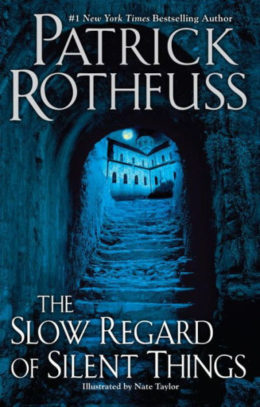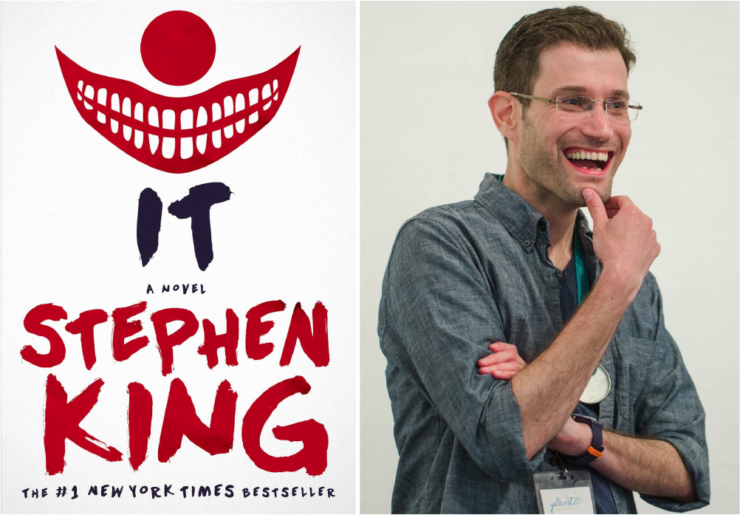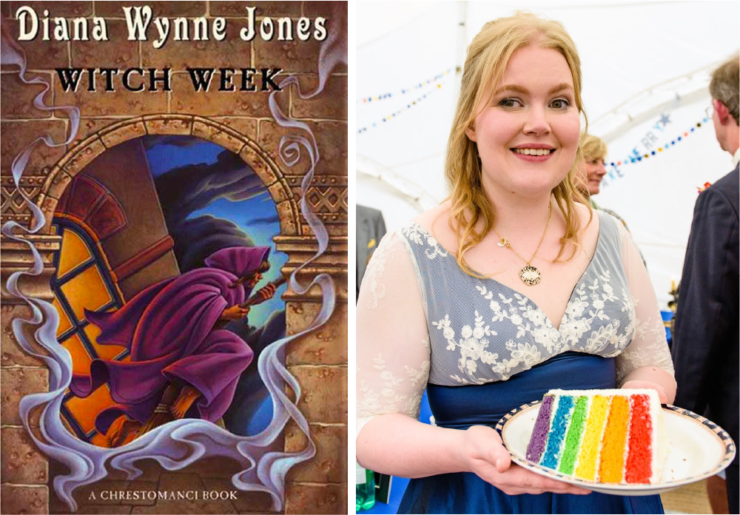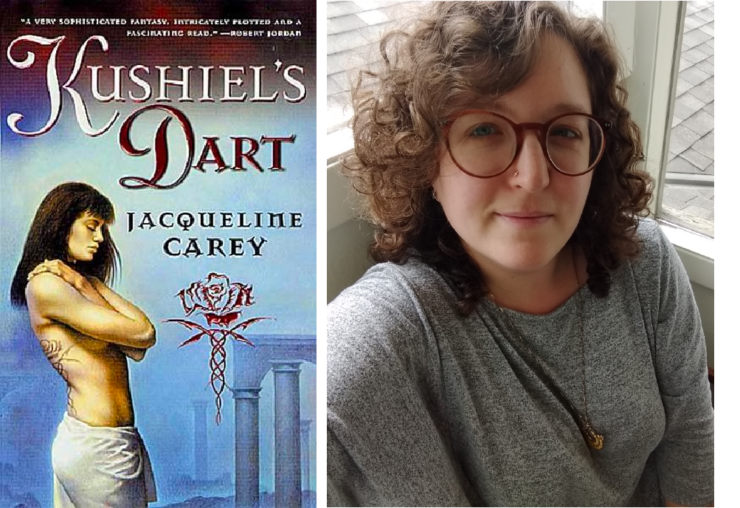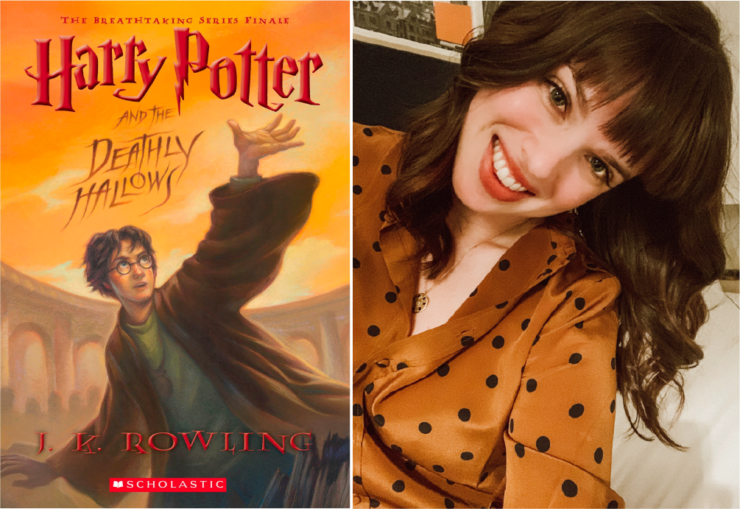Sometimes the weirdest, best stuff happens outside the pages of our favorite books!
Every year, Tor.com publishes original sci-fi and fantasy fiction stories, along with its popular weekly columns.
We also publish hundreds of stand-alone feature articles, so each year the Tor.com staff gather up a handful of notable stand-outs from the past 12 months for a fun round-up. [2018, 2017]
And 2019 was particularly crazy.
We had a Gideon the Ninth cosplayer delightfully torment people at a gym. We had a very serious look at our preconceptions of The Wheel of Time. We experienced an intense redemption for Star Wars: The Phantom Menace. We hosted a long run of authors describing books that gave them the strength to be LGBTQ+.
We had so many great pieces, in fact, that we had to group them into themes:
- Adapting Treasured Books to the Screen
- We’re Gonna Party Like It’s 1999
- The Extremes of Epic Fantasy
- Deep Dives on Great Writers
- Funny S*#%
- The Power of Women
- Don’t Look Away
- This Book Queered Me
- The Bizarre Depths of History
Happy reading!
Adapting Treasured Books to the Screen
How Do You “See” the Books You Read? by Emmet Asher-Perrin (February 13)
This assumes everyone can—and does—create a full mental picture when they read, complete with sets, landscapes, costumed characters, and easy-to-follow action.
But that’s not how it works for me.
What Defines a “Good” or “Bad” Adaptation? by Amber Troska (April 9)
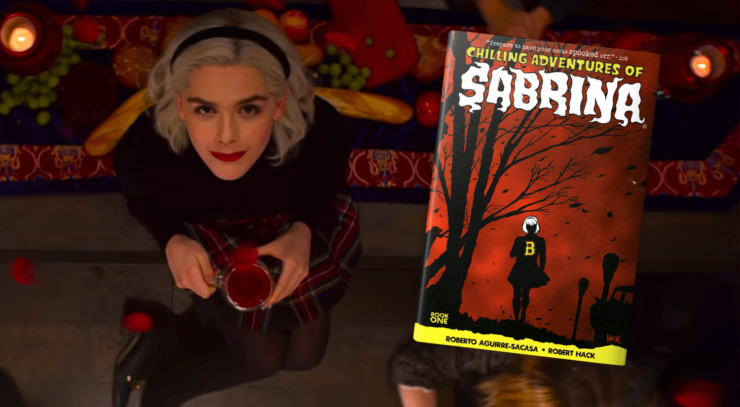
What kind of magic do you need to make a good adaptation? What even is a “good” adaptation? Is it a faithful reproduction of the source? Does it use the material as a springboard to create something different?
Game of Thrones Asks What Kinds of Stories Ultimately Matter by Tyler Dean (May 22)
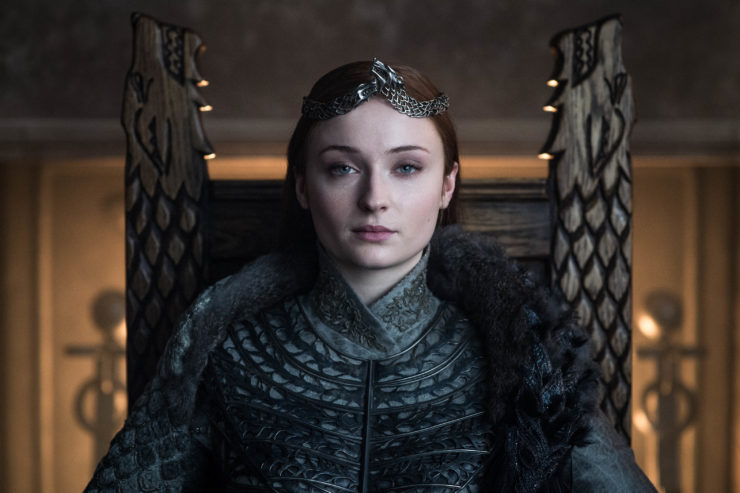
As it turns out, Game of Thrones values, as it always has, stories about the futility of justification.
From the Two Rivers: Casting and Race in The Wheel of Time by Billy Todd (August 20)
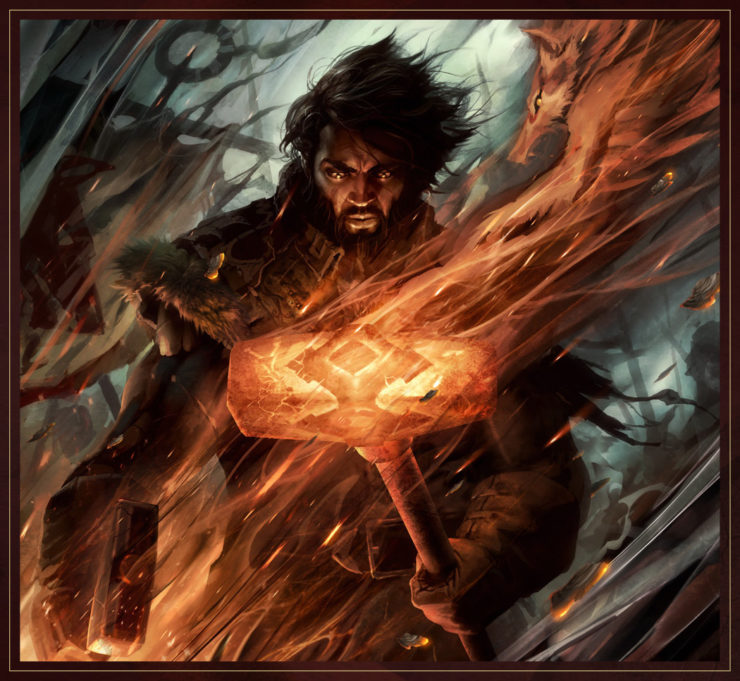
This is what they do. This is what these Hollywood types do; they pander and they sacrifice the art and I wish they would just change their minds and make—
What was I about to say there? What was I about to think there? I wish they would make what exactly?
We’re Gonna Party Like It’s 1999
Here’s What It Felt Like to See The Phantom Menace For the First Time by Ryan Britt (May 17)

Qui-Gon was the new Obi-Wan. Of course he was going to die. Let’s crank “Duel of the Fates” one more time. Also, pass me that Mountain Dew with Captain Panaka’s face on it!
Was 1999 the Year Nerd Culture Began to Take Over the World? by Emmet Asher-Perrin (July 1)
In 1999, my thirteenth birthday fell on the day that three different SFF movies were released: The Iron Giant, Mystery Men, and a little Shyamalan film called The Sixth Sense.
20 Years Later, the Message of The Iron Giant Is More Urgent Than Ever by Joe George (August 5)
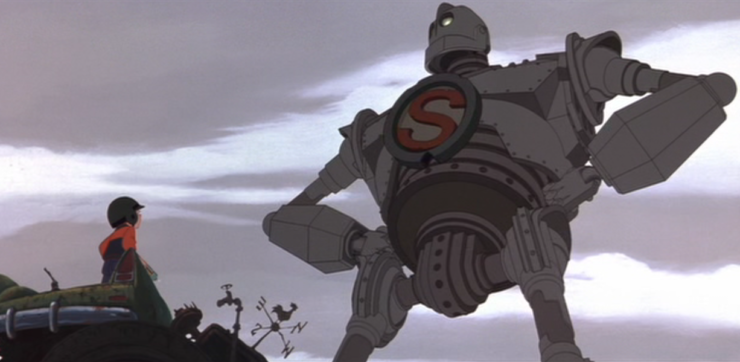
We’ve bought into fantasies that violence will stop violence, so much that we now struggle to imagine anything else.
The Iron Giant helps us imagine better.
The Extremes of Epic Fantasy
The Evolution of Dragons in Western Literature: A History by Yvonne Shiau (October 23)
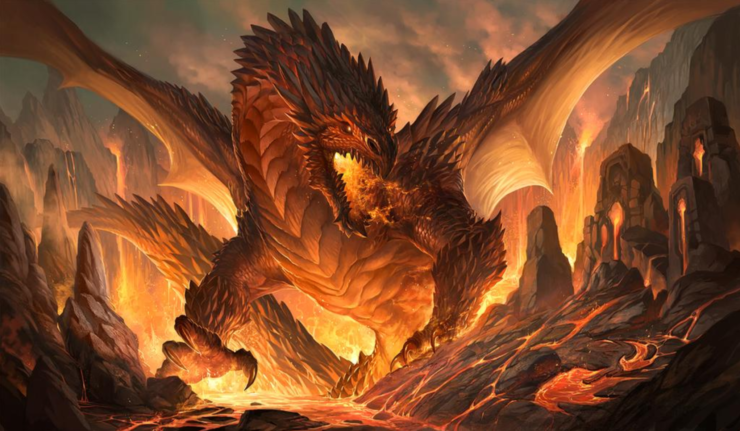
So just where be Western dragons at the beginning of their story? And how did they grow into the icons we know now?
Tolkien’s Elves: How the Eldar Half Lives (and Lives, and Lives, and Lives) by Jeff LaSala (August 19)
But even in his own legendarium, what does it mean, in practice, to be immortal? What’s with all the talk about fading, and the leaving? Why can’t they stick around? Are there any female Elf-warriors, and how many kids can an Elf-mom have, anyway? Are there any Elf-kids? Well, Professor Tolkien didn’t answer all of our world-building questions in his seminal work, but you’d be surprised to see how many of these points he did address.
Getting to the Heart of SFF’s Most-Tear Inducing Moments: The ‘Riders of Rohan’ Phenomenon by Samantha Edmonds (October 8)
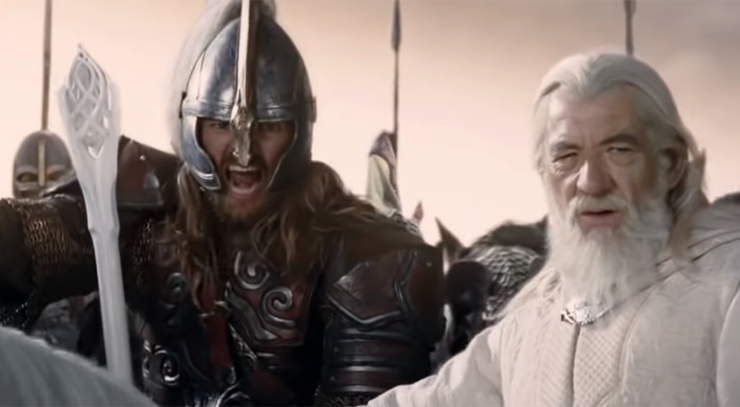
They ride out one more time as dawn arrives, but the Uruk are just too many. The heroes are overwhelmed. It is abundantly clear they are about to lose.
And then.
The Pain of Elantris: Depression in the Fantasy of Brandon Sanderson by Paige Vest and Ross Newberry (October 10)
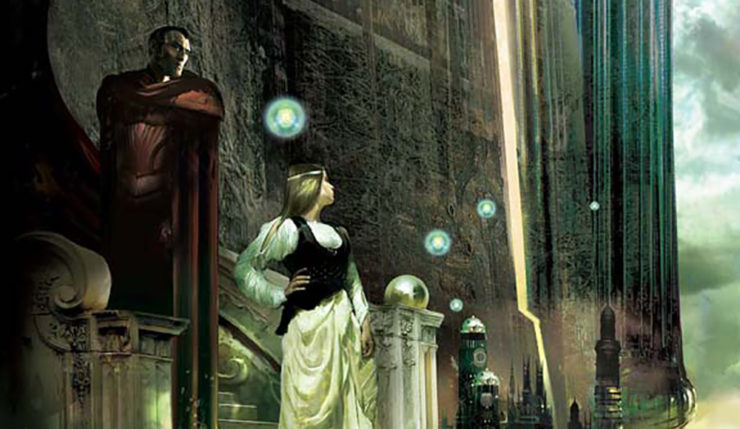
“…The Elantrian people stopped healing, so any injuries, however minor, remained indefinitely as painful as the moment they were received. Since the Elantrians were still immortal, some sank beneath the weight of their pain, losing their minds.”
THIS…is what bipolar depression feels like for me. Injury after injury, compounded one atop the other; only the injuries are mental and emotional rather than physical. They don’t often fade. They rarely lessen.
Deep Dives On Great Writers
The Tao of Sir Terry: Pratchett and Philosophy by J.R.H. Lawless (March 15)

To those fundamental problems of epistemology—questions such as “How can we know anything?”, “How can we know others?” and “How can we know ourselves?”—Pratchett answers confidently, again and again: Through the lens of fiction. Through stories.
Unlocking the Full Brilliance of Ursula Le Guin’s Hainish Cycle by Charlie Jane Anders (February 25)
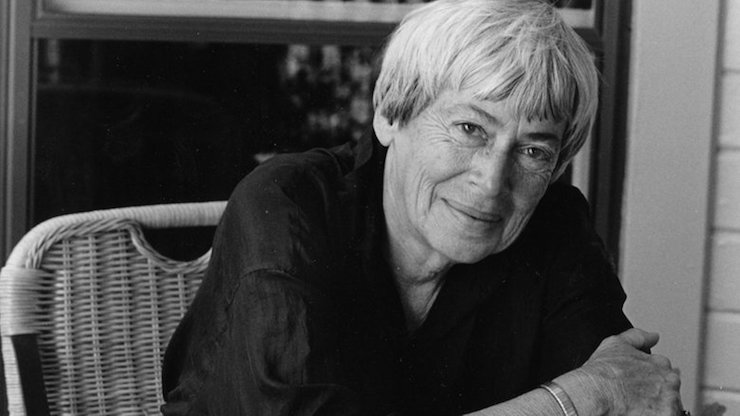
When read and considered as a whole, Le Guin’s Hainish Cycle feels like an even more impressive accomplishment than its stellar individual works. Not because of any internal consistency, or an over-arching storyline—you’ll have to look elsewhere for those things—but because of how far she takes the notion of an alliance of worlds interacting with baffling, layered, deeply complex cultures and trying to forge further connections with them
100 SF/F Books You Should Consider Reading in the New Year by James Davis Nicoll (December 27, 2018)
You may not know all of these. Congratulations! You are one of today’s lucky ten thousand. I will never again be able to read any of these for the first time… but you can!
Five Years On, There’s Still Nothing Like Patrick Rothfuss’ The Slow Regard of Silent Things by Samuel Chapman (April 15)
But I’m also eternally glad that, even just this once, one of our greatest working writers dared to tell a tale this small.
FUNNY S*#%
Gideon’s Guide to Getting Galactic Swole: An Epic Tale of Skele-Flex Trashbaggery by Kelcifer Rose (October 30)
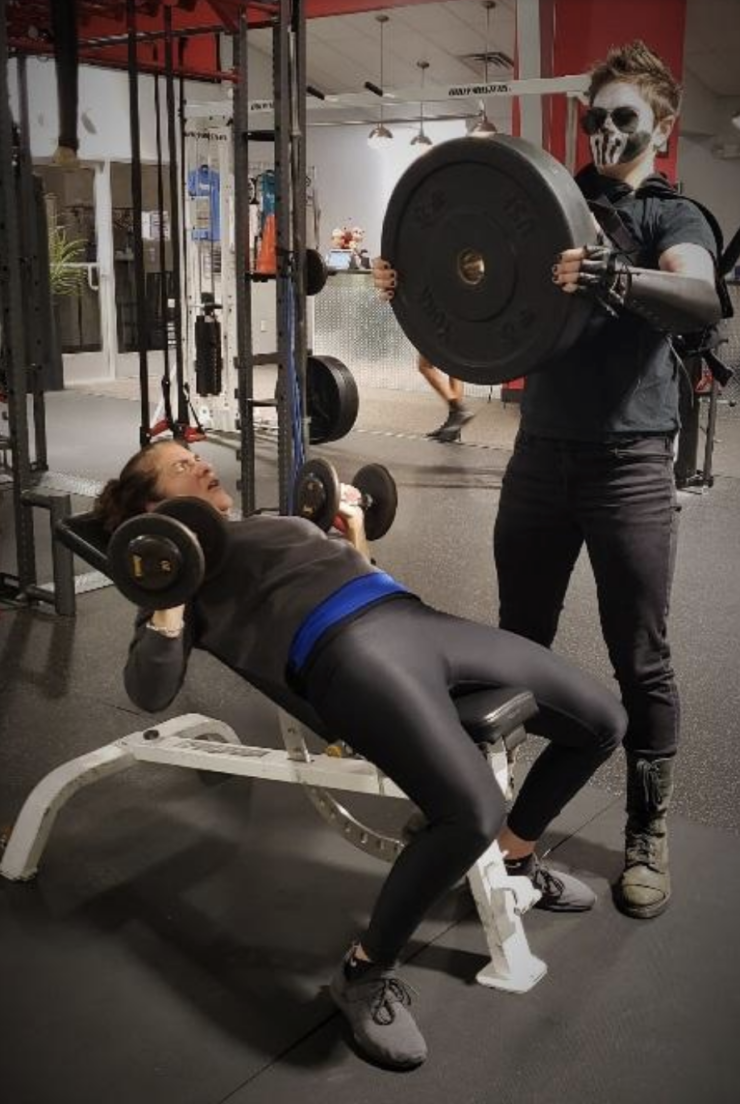
No dumbbells? No problem! Grab an EZ curl bar, find the most obnoxious spot to stand, and reap the fuck out of that iron. Disregard any negativity thrown your way for being “inappropriate”- you do you!
An Ode to Beetlejuice’s Otho, the Best Character in 1980s Film by Leah Schnelbach (August 1)

What I love is that, like every New Yorker I’ve ever known, he’s packed a half dozen careers into a single life, and he’s only in his thirties when we meet him. In the landscape of the ’80s movie, where men are cops, architects, lawyers, doctors who practice having near-death experiences in their off-hours, and women are…also all of these things but with HUGE hair and romantic ennui, Otho alone embodies the fluidity that has come to characterize modern adulthood. He was a millennial before the millennium!
Babylon 5 Is the Greatest, Most Terrible SF Series by Jennifer Giesbrecht (June 13)
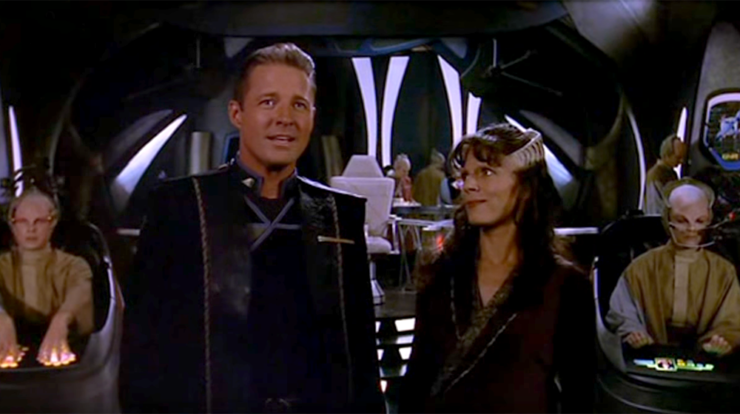
So here’s the question I want to ask—isthe show actually worth it, beyond the novelty of it simply being what it is? Because so often Babylon 5 is recommended in terms of those novelties, a piece of art that only justifies its existence in a self referential, metatextual sense because of its place in history. But aside from all that, is it really… any good?
I mean, obviously I think it is.
Used Sporks in the Hands of an Angry God: Toy Story 4, The Good Place, and What it Means to Be Trash by Leah Schnelbach (June 27)

Forky referred to himself as Trash. Every time he broke free of Woody or Bonnie he made a beeline for the nearest wastebasket. Randy Newman sings “I Won’t Let You Throw Yourself Away” and Forky’s escapes are framed as comical suicide attempts a lá Groundhog Day. But when Woody finally takes the time to ask Forky what he means by trash he learns that the Sentient Spork thinks of trash as warm and cozy.
Safe.
The Power of Women
We Are the Weirdos, Mister: Power, Rage, and Teenage Witches by Kate Racculia (October 23)
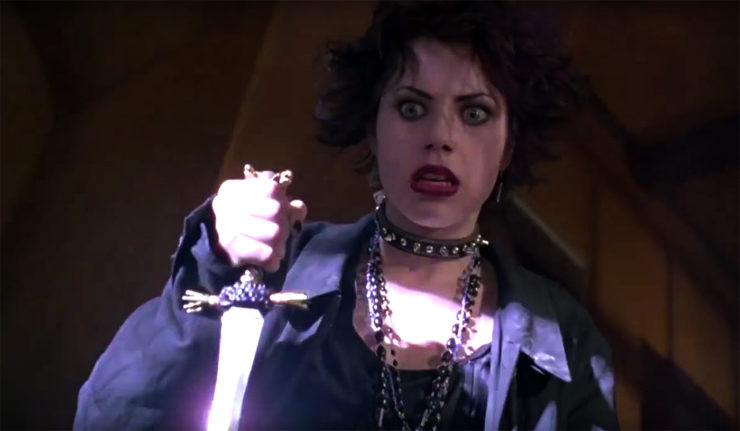
I can look at Clueless and Heathers, movies I adored at that time, and see how they honed my understanding of communities, insiders and outsiders; and gave me a taste for referential meta playfulness, satirical darkness, razor-wire wit, and always, always, inventive language to describe the world and the self.
But it’s entirely possible I would have seen The Craft and thought that Nancy got what she deserved, punishment for the crime of wanting too much.
Absent, Vexed, or Hexed: Exploring Mother & Daughter Relationships in Fantasy by Sarah Kozloff (November 13)
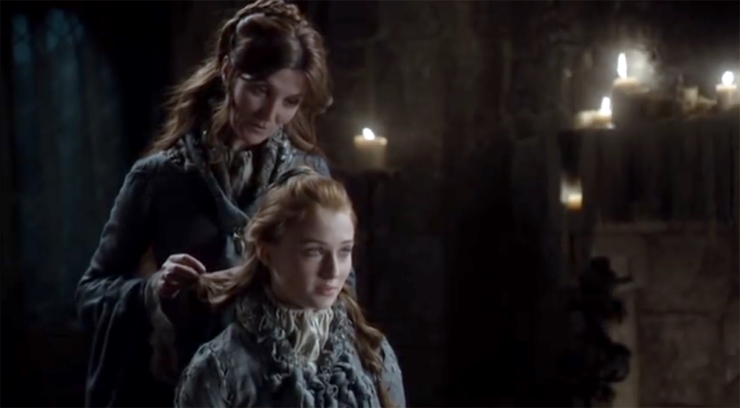
I get the problems that come with including mothers; I really do. No self-respecting mother would allow her daughter to carry the ring back to Mordor, and no young woman—say Katsa in Graceling—would want her mother to come along on her missions.
Tim Burton’s Films Hide Stories of Powerful Women in Plain Sight by Emmet Asher-Perrin (October 29)
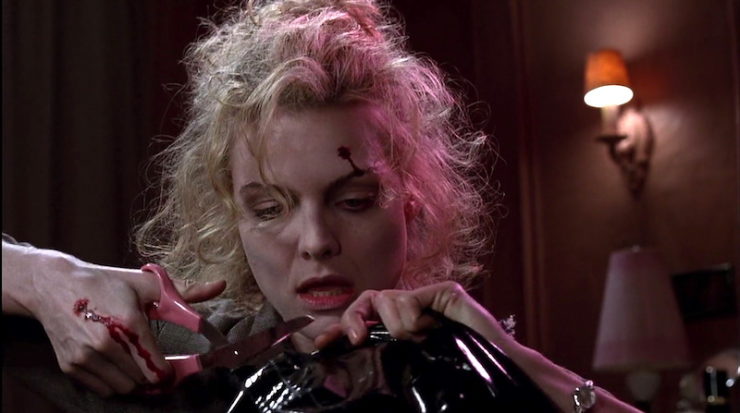
While it’s easy (and fun) to joke about the director’s over-pale leading men, the people who they share the screen with are the ones who really deserve the attention. It may be time to reconfigure how we think of Burton’s films, and what they offered to many odd kids the world over.
Don’t Look Away
Select Difficulty by Tochi Onyebuchi (August 26)

In Gears of War, in The Last of Us, the loss of family is implicated. It is catalyst. The world is gone, and it took loved ones with it. We’re not trying to save the world, so much as trying to restore ourselves.
The pattern-making mammal in me wants to give credence to epigenetics, believing that if a single episode of emotional havoc can trigger illness, then some similarly marked event can initiate its reversal a generation later. I want a game to tell me that. I want a game to point me to him.
Press any button to start.
The Deep Social Justice Roots of The Twilight Zone by Leah Schnelbach (March 28)
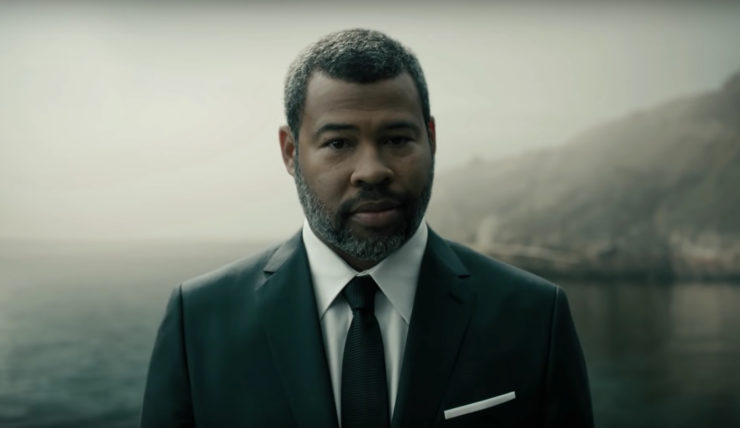
“The Monsters Are Due On Maple Street,” “The Shelter,” and “The Masks” are just a few of the episodes that deal with paranoia, greed, and the primal nature that lurks beneath civilization’s all-too-thin veneer. “Number 12 Looks Just Like You” is about internalized misogyny. 1960’s “The Big Tall Wish” is just a regular wish fulfillment fantasy… except the main cast are all Black characters, playing out a whimsical story that isn’t “about” race, which did not happen too often on TV in 1960.
9 Characters I Love Because They Are Hurting (and So Am I) by Emmet Asher-Perrin (October 2)
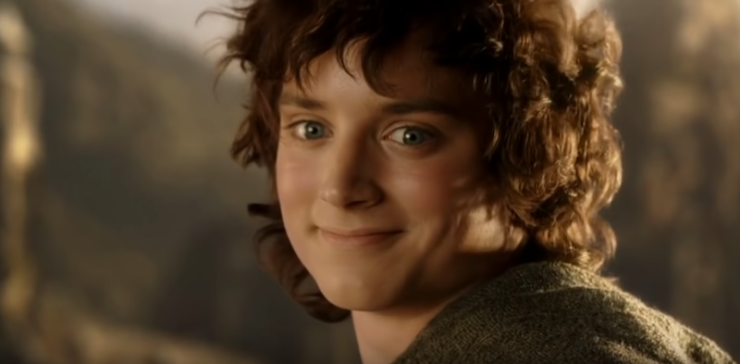
Many of the characters I adore have their own issues with chronic pain, and this specific difficulty is tied to how much I care for them. My baby, I think to myself. No one should ever be cruel to this sweet glazed doughnut. Don’t you touch their aching heads.
Here is a list of people who have Been Through Enough Hurting. Kindly leave them alone, for my sake.
This Book Queered Me
When Horror Becomes Strength: Queer Armor in Stephen King’s IT by Alex London (October 2)
Whether I feared being beaten and thrown over a bridge before reading the book or whether it birthed that specific fear in me, I can’t say, but I read that section breathless, because there it was, in black and white on the page of this 1200-page book: that the adults around me said and thought the things I feared they said and thought. I wasn’t crazy. My fears were valid, or else why would a horror writer write them? I felt seen. Scared, but seen.
Imagining Other Worlds in Diana Wynne Jones’ Witch Week by A.K. Larkwood (October 7)
Recollecting all this, I couldn’t help wondering whether I would have been happier and more sane if I had figured it all out sooner, and whether I wouldn’t have figured it out sooner if I’d seen myself in the mirror of fiction. I might have spent less time feeling I was missing some essential part, as if it had fallen into the sea.
“All Knowledge Is Worth Having”: Quotidian Queerness in Kushiel’s Dart by Natalie Zutter (June 11)
If I tell you that every time I’ve been with a woman (or genderqueer person) a cis man was also present, will you automatically file it under “doesn’t count”?
Harry Potter and the Conspiracy of Queers: Discovering Myself in Fandom and Roleplay by Victoria Lee (October 14)
Would I have figured out I was bigender without Harry Potter? Definitely. But it might have taken me that much longer—or I might have wasted even more time worrying about whether my identity was real. As the Harry Potter kids informed me, no cis person spends this much time agonizing over their gender.
The Bizarre Depths of History
When is a Myth Not a Myth: The Origins of the Green Man by Emily Tesh (June 11)

And by that metric the Green Man is as authentic as any myth as can be. The story almost tells itself. It says: he’s still here. The spirit of ancient woodlands, the enormous quiet of a different, wilder, less terrible world. You can see him lurking in the church; you might glimpse him striding through the forest. He is strange and strong and leaf-crowned. The fearsome forces of civilisation might try to bury him, but his roots are deep, and he will not die.
A Stream of Blood and Tears Mixed Together: Monarchy, Consorts, Power, and Stories by Nghi Vo (November 12)
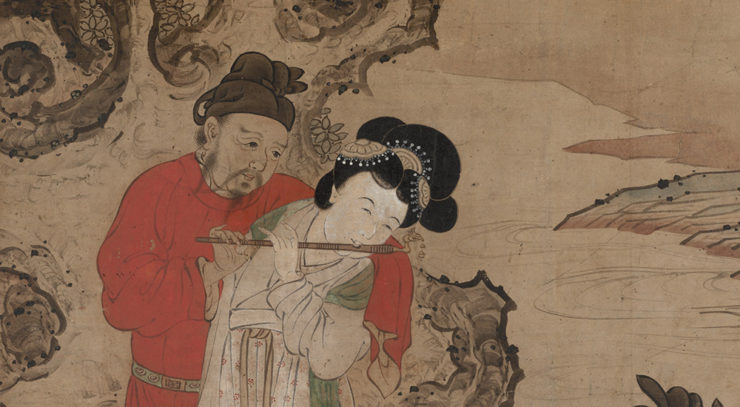
Consort Yang is an evil, silly woman who seduced Emperor Xuanzong into forgetting his responsibilities to his country. With her wicked favors, she enriches her family beyond all reason. She causes the emperor to ignore the rising threat of the An Lushan Rebellion, and it is not until she is executed that her spell over him is broken.
Some stories are fatal.
Drinking Mezcal With The Dead: Celebrating Día de los Muertos by Aiden Thomas (October 31)

But, unless you are Latinx and celebrate the holiday yourself, you probably don’t know about its roots, like how it originated, what we do during the celebration, and what all the imagery you saw in Disney’s Coco actually represents.
The Mysterious Discipline of Narratologists: Why We Need Stories to Make Sense by Arkady Martine (January 29)

No, I hadn’t joined a monastery devoted to a cult of literary criticism, located in the far north. Promise.
I was a historian, and I worked at Uppsala University, on a research project called Text and Narrative in Byzantium. It’s where I learned about narratology. In a way, I became a narratologist myself.










